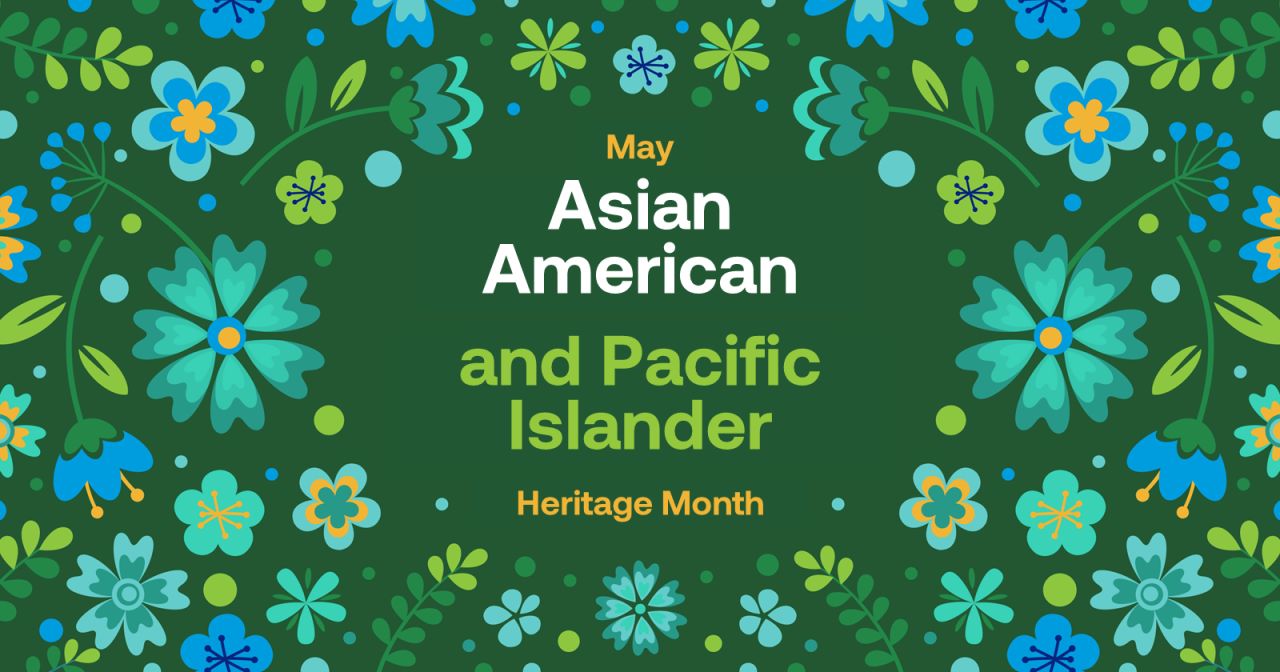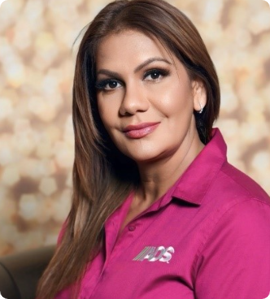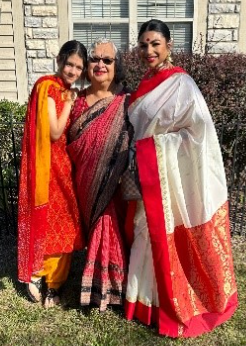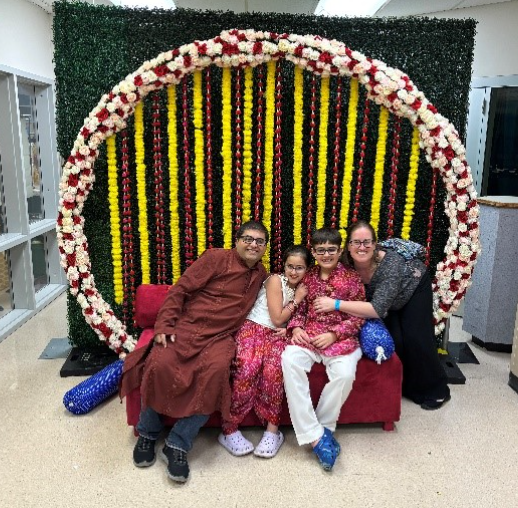Community
May 1, 2025 / 4 minute read
Celebrating Asian Pacific American Heritage Month

Asian Pacific American Heritage Month is celebrated in May to honor the history and achievements that Asian Pacific Americans have made to our nation. This celebration was originally established to commemorate the diligent work of the Chinese immigrants who constructed the Transcontinental Railroad and the arrival of the first Japanese immigrants in 1843. We take this time to honor the achievements and culture that have greatly contributed to our nation.
Here are some experiences and perspectives from employees to celebrate Asian Pacific American Heritage Month.

Stanley Black
Raw Materials Inventory Service Coordinator
Stanley Black is the Raw Materials Coordinator in Sebring, Florida. He joined ADS in October 2023.
Stanley’s great-grandparents immigrated from India to Jamaica, where Stanley grew up until he came to the United States in 1994. When his grandparents immigrated to Jamaica, they only spoke Hindi, and their last name was shortened to Black. Stanley was named in honor of his great-grandfather to ensure it would live on. Growing up, Stanley’s nickname was Rajah, and all his family and friends referred to him by that. His favorite Indian dish is curry goat, and he loves to plant/work in his garden. He hopes to one day own and operate his own farm.

Mohanie Sakhichand
Senior Plant Office & People Manager
As an individual who migrated to the United States from Guyana, South America, I proudly identify as both Guyanese and Asian. Guyana's diverse cultural landscape has shaped my identity, which includes a significant East Asian community and my foreparents who migrated from East India to British Guiana (now Guyana) between 1838 and 1879. They helped to aid in labor shortages on sugar plantations. My heritage reflects a blend of cultures, and recognizing this connection allows me to embrace the richness of my background. This dual identity enables me to bring a unique perspective to the workplace and celebrate the diversity that enhances our collective experiences. I take pride in being part of a company that respects and welcomes our individuality. After all, uniqueness is something to be cherished.

Aila Gomi
Manager, Materials Science
I have so many fond memories of making this recipe with my Japanese grandmother, Obassan.
Japanese Potato Salad Recipe
Ingredients:
- Potatoes
- Japanese cucumber
- Carrots
- Ham
- Japanese mayo
- Salt
Directions:
- Cut the potatoes into small cubes and boil until tender. Drain water, then mash.
- Slice the Japanese cucumber into thin slices. Then place in a bowl and sprinkle with a generous amount of salt. Mix and let sit for 5-10 minutes. After soaking, squeeze the cucumbers of any excess water. Add to the mashed potatoes.
- Slice the ham and carrots into thin bite-sized pieces. Add to the mashed potatoes.
- Add ¼ cup of Japanese mayo to start. Mix. Add more Japanese mayo until you are satisfied with the taste.
Enjoy!

Shari Bose
Engineering Administrative Assistant
I was born in India but grew up in California. My mom and dad came to this country for university, and life kept them here in the United States. Even though they were miles away from their home country and all their family, my parents made sure to keep the culture alive for me and my siblings, and now my daughter. Growing up in a suburb of Northern California, it was hard to fit in, and being Indian made me stick out like a sore thumb. To me, Asian Pacific Heritage Month represents all the first-generation kids who had to learn to fit into a Western society while also learning to love and embrace where they came from. It means that my daughter can grow up in a more culturally inclusive society. It means we are seen, respected, and represented.

Ankit Shah
Manager of Culture & Engagement & Corporate Affairs
Recently, my kids, Ravit and Rhea, embraced their beautifully unique, mixed cultural identity at the 2025 Holi Mela (festival of colors) hosted by the Gujarat Mandal of Central Ohio. In a spectacular Bollywood performance alongside a group of 50 individuals, they danced to a medley of vibrant songs that told an intricate story, capturing the essence of joy, tradition, and connection. For me, this event wasn’t just a celebration of Holi or dance -- it was a celebration of heritage, community, and belonging. Watching my kids immerse themselves in such a rich cultural experience reminded me of the beauty of being part of two worlds: Indian and American. It’s moments like these that bridge generations, bringing together values and traditions of the Indian community while giving our children a platform to take pride in who they are.
